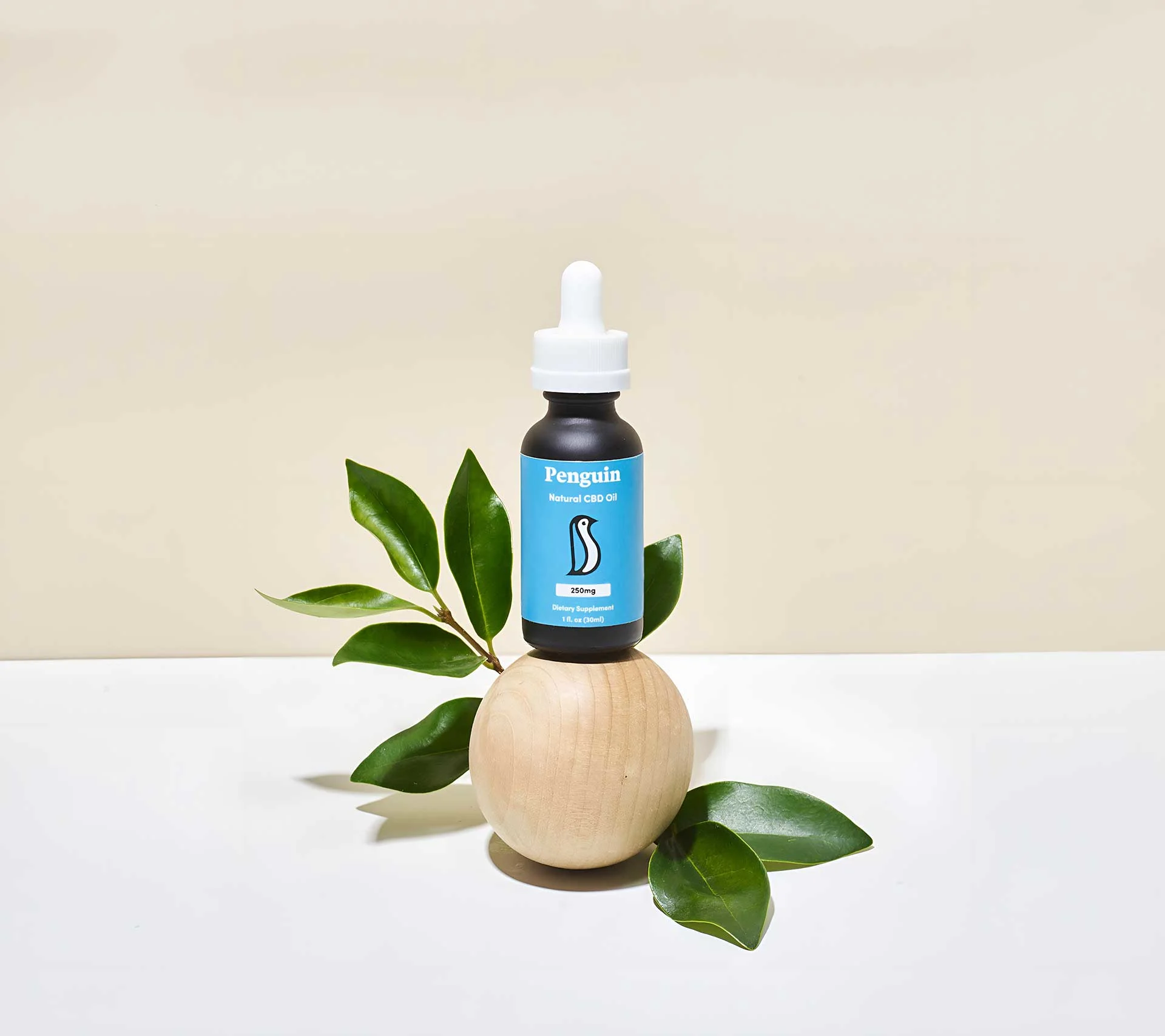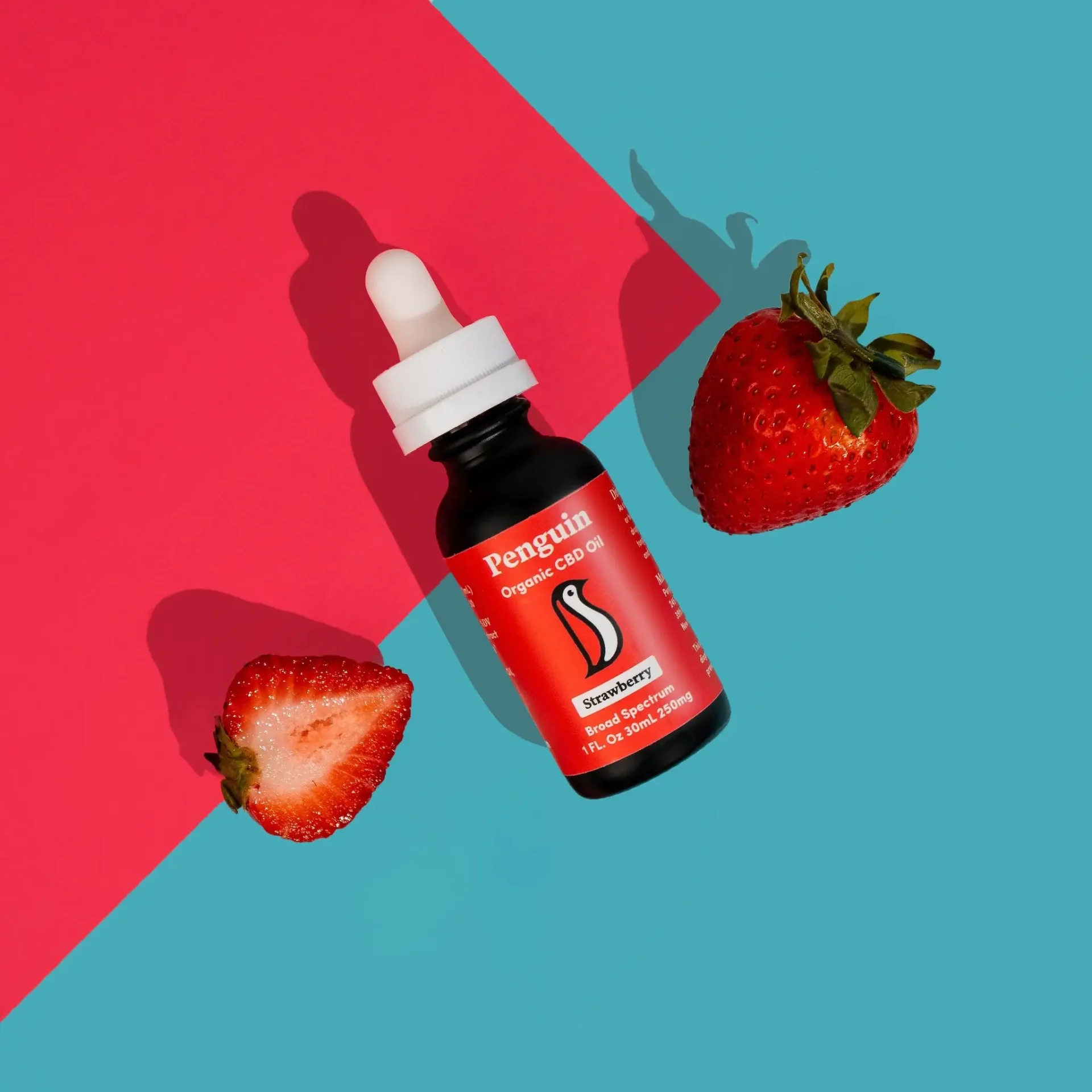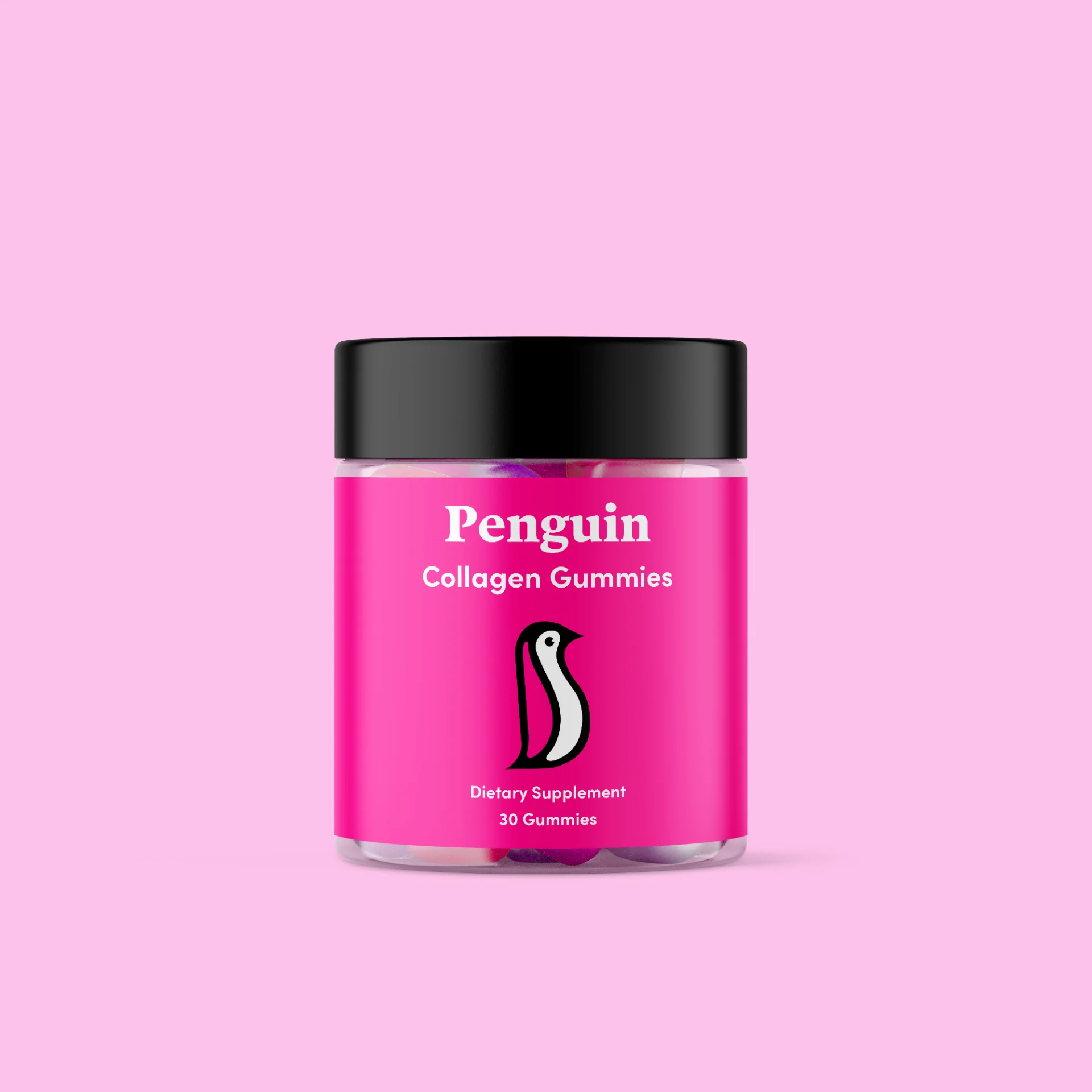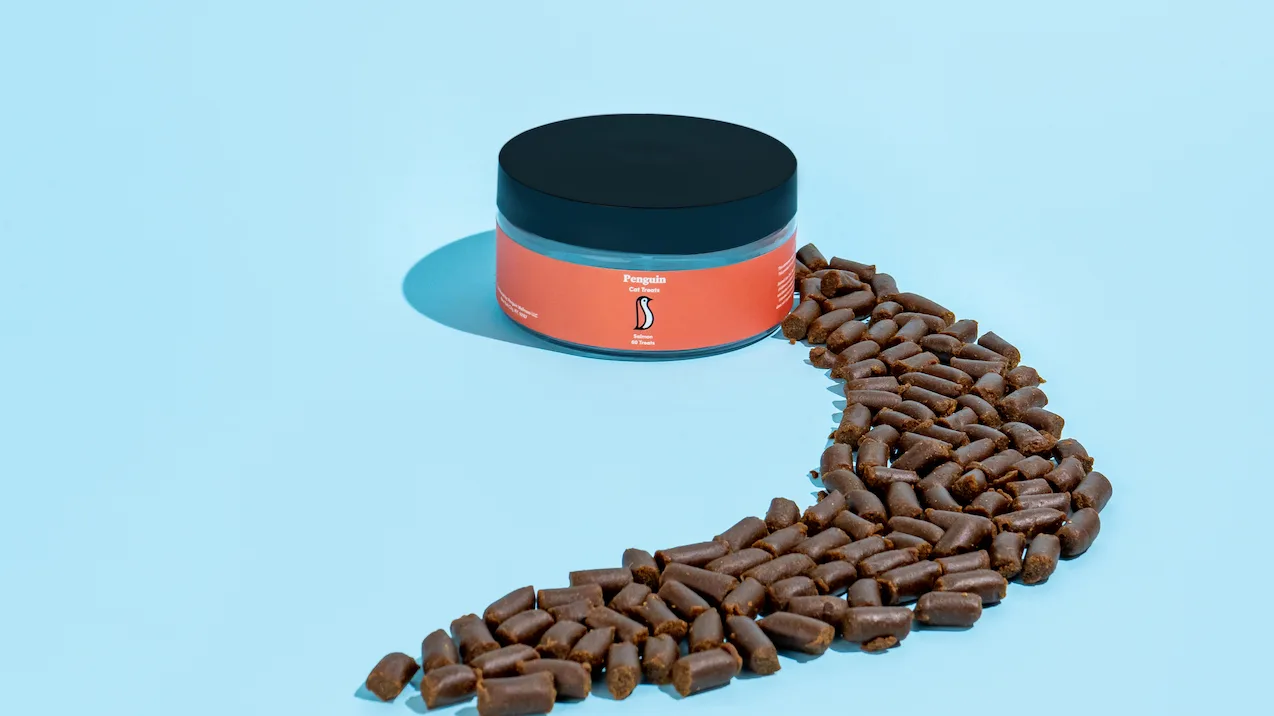How Terpenes Enhance Your CBD Experience
 By Penguin CBD
By Penguin CBDCannabidiol (CBD) is available in several different strains. These strains have different scents, and thus they give you different experiences. The most common scents include berry, mint and pine.
Cannabis itself has a unique scent, which many find overwhelming, though others may find this smell quite enjoyable and even calming. Like any other plant, cannabis has various components that contribute to its flavor and aroma. These components are called terpenes.
Terpenes come from small resin glands in cannabis flowers. Some terpenes contribute to a citrus-like aroma in certain cannabis strains; others lead to sweet, fruity tones. You might find cannabis with terpenes that have a lavender-like scent or something earthier and more pungent. Some strains might even remind you of cheese!
The cannabis plant has around 80 to 100 terpenes that are unique to it. With the cannabinoids and other chemicals combining in just the right way, it’s no surprise that the cannabis plant is gaining so much success in the market.
About Terpenes
Terpenes have played a vital role in your life even if you didn’t realize it. Briefly, terpenes are what make an orange or lemon smell citrusy, or a pinecone smell so clean and fresh. If your lavender bath salts relax you, it’s the terpenes working their magic.
We may think of terpenes as the chemicals inside a growing thing that determine what kind of smell they have. They also help determine the properties and qualities of these plants.
While the cannabinoids are important, terpenes play an influential role in the properties of cannabis. Both these elements work together in cannabis, a phenomenon called the entourage effect. This means that THC, CBD and other cannabinoids all work together with many other compounds, including terpenes, to give you a more holistic experience.
While a THC- or CBD-based oil will provide you with some of the effects you desire, it’s probably much more effective to look at whole-plant therapy. After all, using the whole plant has been the most common way up till now. We need to take a close look at using all the terpenes and other compounds in the cannabis plant.
Terpenes can also downplay or intensify cannabinoid effects. If you’ve used cannabis strains fairly frequently, you might have noticed that two seemingly similar strains produce different results. One might give you a boost of energy, while the other might mellow you out. This is just another aspect of the combined entourage effect from both terpenes and cannabinoids.
Charting Terpenes
As of now, we are aware of roughly 20,000 terpenes in various plants. Cannabis contains over a hundred of these. Many terpenes that are present in cannabis are also present in several other places in nature. However, a few terpenes in the cannabis plant are unique due to their high concentrations. Below, we’ll discuss the most relevant of these.
Myrcene Terpene
Myrcene is found in fruits like mangos, and is the primary terpene you can find in cannabis. In some plants, myrcene makes up around 65 percent of their terpene content.
Whether myrcene is present or not determines whether we can call a strain sativa or indica. More than 0.5 percent myrcene makes the plant indica, while less than that indicates sativa. This terpene is what gives marijuana its unique aroma as well as its famous relaxing properties.
Limonene Terpene
This is the terpene with the second-highest levels in cannabis. It’s also found in many citrus fruits and contributes to that distinctive citrusy scent. It may not be present in every cannabis strain, though.
The limonene terpene has extraordinary properties, including antifungal and antibacterial elements. Because of its delightful scent, you will find it in many cosmetics and cleaning products. Many people use strains with this terpene to lower their stress levels and enhance their mood.
Pinene Terpene
The name of this terpene gives us a hint about its smell. That’s right, we can find elevated levels of pinene terpenes in pine trees. This is where the pine needles get their fragrance.
This particular terpene is available in two varieties: alpha and beta. The alpha is what creates that unique pine scent. The beta version gives us a rosemary-like scent or one that’s reminiscent of parsley or dill. Pinene has been used in herbal treatments for centuries.
Linalool Terpene
This terpene gives lavender its relaxing effects, and is what makes lavender so popular for stress relief. Linalool also helps to lift moods and enhance the sense of wellness.
Caryophyllene Terpene
This is a terpene with a peppery, woody, spicy scent. It’s found in substances like cinnamon and pepper. Studies indicate that this humble terpene can be instrumental in improving health.
Humulene Terpene
Several cannabis strains help with boosting appetite. However, strains with humulene have the opposite effect. Therefore, you should look up where to buy CBD oil with or without humulene if this would be an issue for you. In nature, this terpene is found in substances like basil, cloves and hops.
Cannabis has around a hundred terpenes, all with unique effects. With the right cultivation of strains with certain terpenes, growers achieve specially tailored strains to provide certain benefits.
The Difference Between Terpenes and Cannabinoids
We now know that terpenes and cannabinoids work together in the cannabis plant. But what are the actual differences between the two? The names of these two components are buzzwords in the cannabis industry, and each has its own purpose. While the two may be similar in some respects, they're also quite different.
Most people know of cannabinoids, though they may not have heard of terpenes. More than 60 of the compounds in cannabis consist of cannabinoids. We can find the phytocannabinoids in the plant’s female buds. These interact with the human body’s cannabinoid system receptors.
Terpenes are what give a plant its flavor and distinctive scent. Every cannabis strain has its own terpene profile that works with its cannabinoids.
The Location of Cannabinoids and Terpenes
Cannabinoids are the chemical compounds that come from cannabis and hemp. These interact directly with our endocannabinoid receptors. They’re developed in the resin glands or the trichomes of the cannabis plant. This means they’re present in both the flowers and the leaves.
The aroma compounds called terpenes are also developed in the flowers and leaves of the cannabis plant. They’re hydrocarbons that are also available in the essential oils of any plant.
More About the Entourage Effect
The entourage effect occurs when the cannabinoids and terpenes of the cannabis plant work together. The entourage effect refers to a belief that we can get the full benefits of using cannabis by utilizing all or most of its compounds. As many of these natural components as possible should be present. This creates an optimal product and gives you the best CBD experience.
However, some might want to completely avoid the THC found in full-spectrum CBD products, for obvious reasons. That’s why broad-spectrum CBD has risen in popularity.
If you go to a reputable CBD oil manufacturer, you can be sure that they’re careful about making their products. The extraction, harvesting and growth all play a significant role in retaining that natural balance. If you want to be sure you’re getting the entourage effect, you should check out the third-party lab reports of a brand’s products. These should show a strong terpene and cannabinoid profile.
The Interaction of Terpenes With CBD
When terpenes interact with CBD oils, the result could be too complicated to predict accurately. Therefore, it should come as no surprise that the research is still ongoing.
Terpenes might also help CBD to get through the whole body and give its maximum effect. If the terpene has a pharmacokinetic effect, the availability of CBD oil will probably get a boost. This makes it easier for them to penetrate hard-to-reach tissues, especially the brain.
Adding Terpenes to CBD
Some experienced cannabis users might consider adding terpenes to CBD oil to get the experience they desire.
It’s possible to accomplish this by purchasing pure terpenes online and adding them to your CBD oils. Some terpene formulations may also fit your specific needs. Usually, you’ll only need to add a few drops to a whole bottle. However, you have to be careful about following the company-provided terpene guide. Like essential oils, terpenes aren’t for undiluted consumption.
The Takeaway
Using cannabis effectively means that we have to understand all of its components. With terpenes playing such a vital role, cannabis enthusiasts should read up on them before utilizing them for a customized effect.
Scientific studies are seeing rapid breakthroughs in this area. It’s time to get familiar with terpenes and see how they can make your CBD experience the best possible. However, it’s wise to conduct ample research before choosing the right terpenes to add to your CBD oil. Also, you should confirm the dosage with your doctor before combining terpenes with CBD.











